Greenry 🪴
UI/UX
1 weekPersonal Project
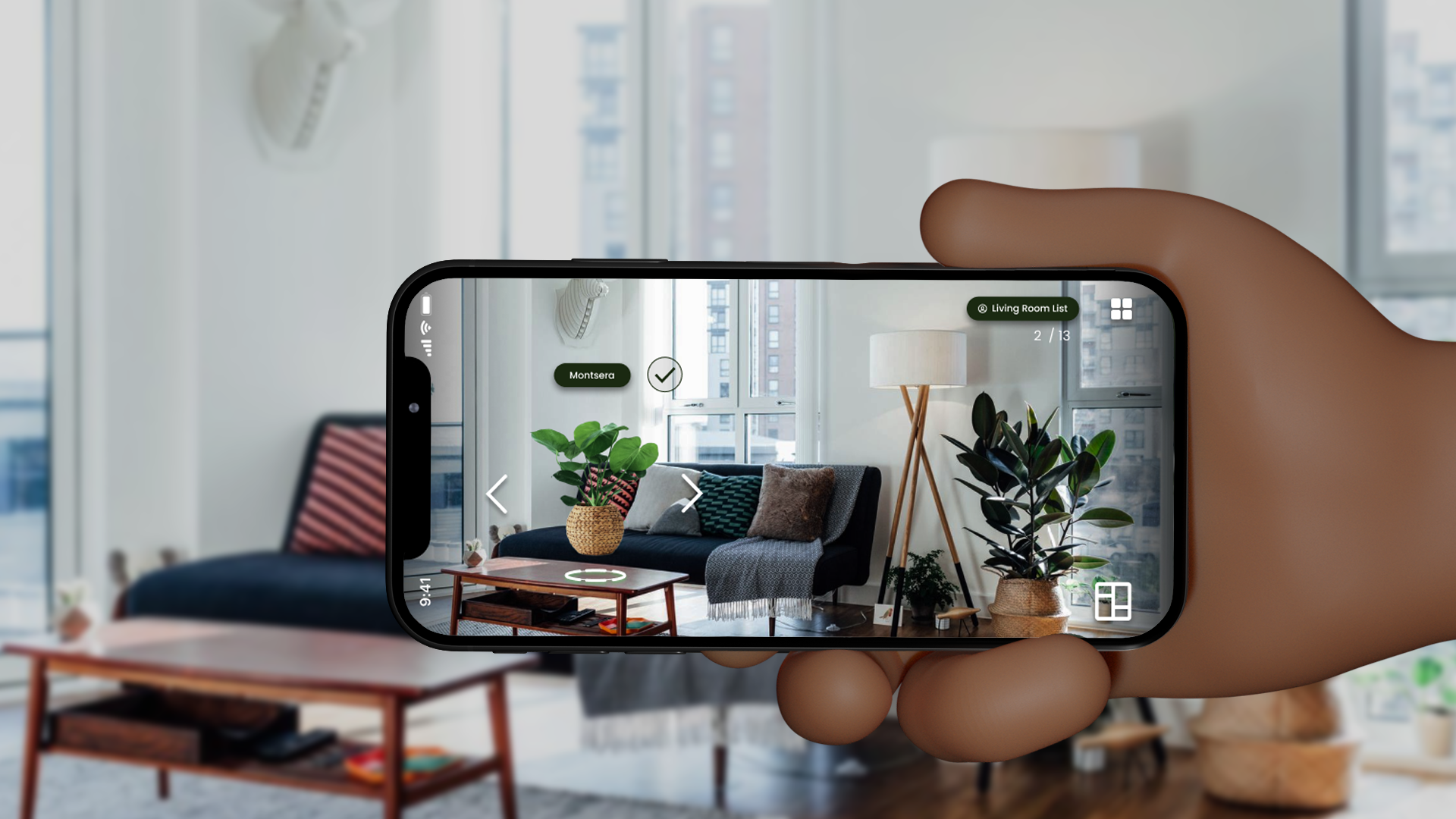
Project Overview
This project was a one-week exploration into how an immersive experience could help people buy plants for their homes. My goal was to develop a system that could simplify the decision-making process, provide an enjoyable experience, and aid in visualization.
Research & Interviews
In my initial round of interviews, I spoke with both sellers and buyers of plants to get a holistic picture of the common experiences, and pain points.
![]()


From these interviews, I gathered my insights into 3 main pain points and opportunity areas.

Opportunities
People enjoy the plant buying process when it is focused on the visuals and on the emotional impact of seeing a plant they love however when shopping for plants online it is difficult for people to visualize a plant, its scale, and how it would look with their interior.
When people are looking to buy plants for their home the most difficult part of the process is the research and filtration stage where they must understand the specific conditions of their home and then consolidate that information with the specific needs of the plants they are interested in.
It is difficult for people to understand the specific conditions of their homes. Temperature, humidity, and light fluctuations all play a role in plant health and whether a plant is a correct fit.
In my second round of interviews, I validated my assumptions about my opportunity areas by speaking to two of my users.
I also spoke to the owner of an interior plant design company to validate the option for using sensors to track the temperature, humidity, and light of interior space.
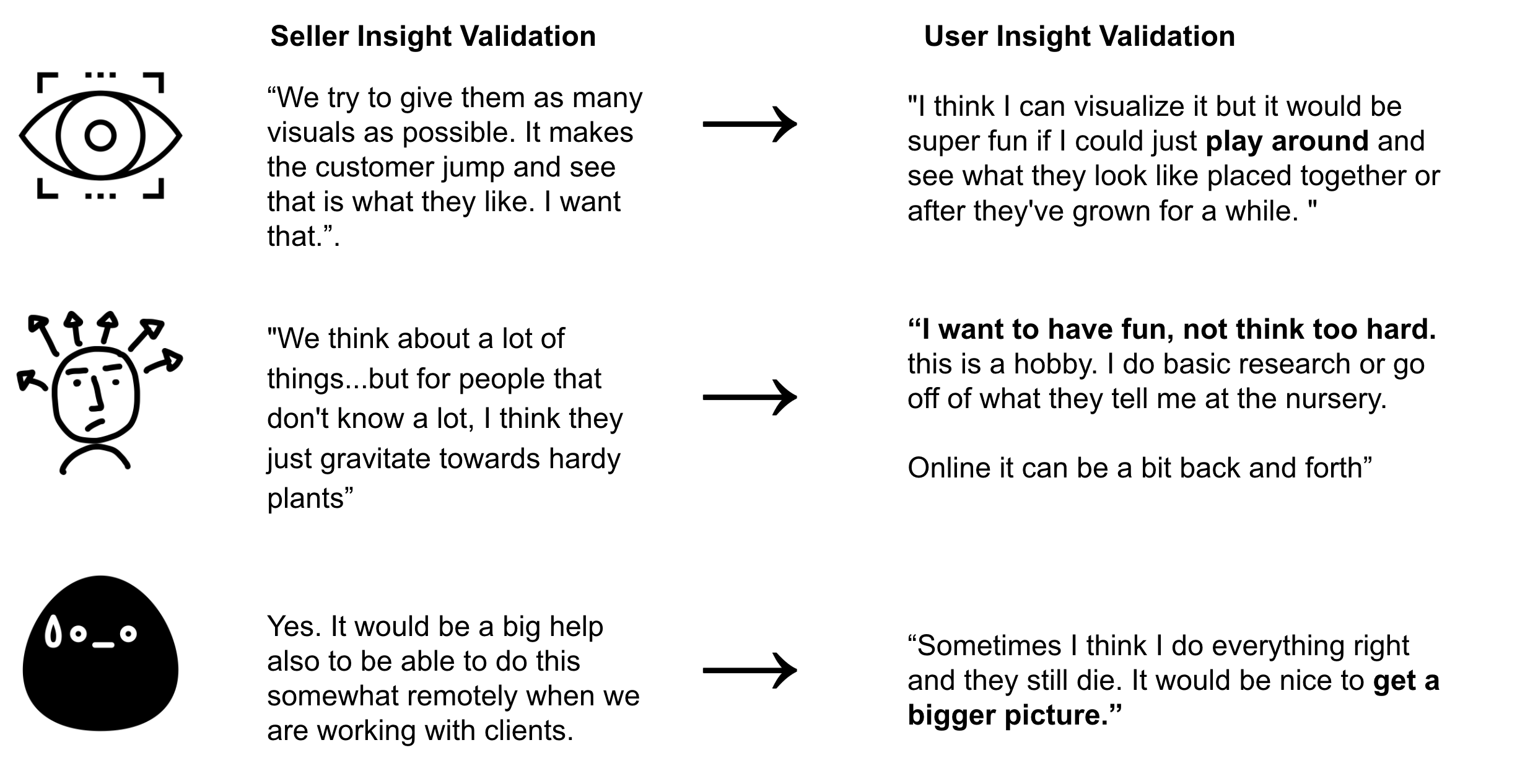
Ideation
In my ideation process, I focused on finding methods to address my opportunity areas in ways that were immersive and interactive. I moved from open Ideation to more structuered flows as I developed my direction.
I validated and narrowed down my storyboards by confirming which specific opportunity areas each idea addressed
I validated and narrowed down my storyboards by confirming which specific opportunity areas each idea addressed
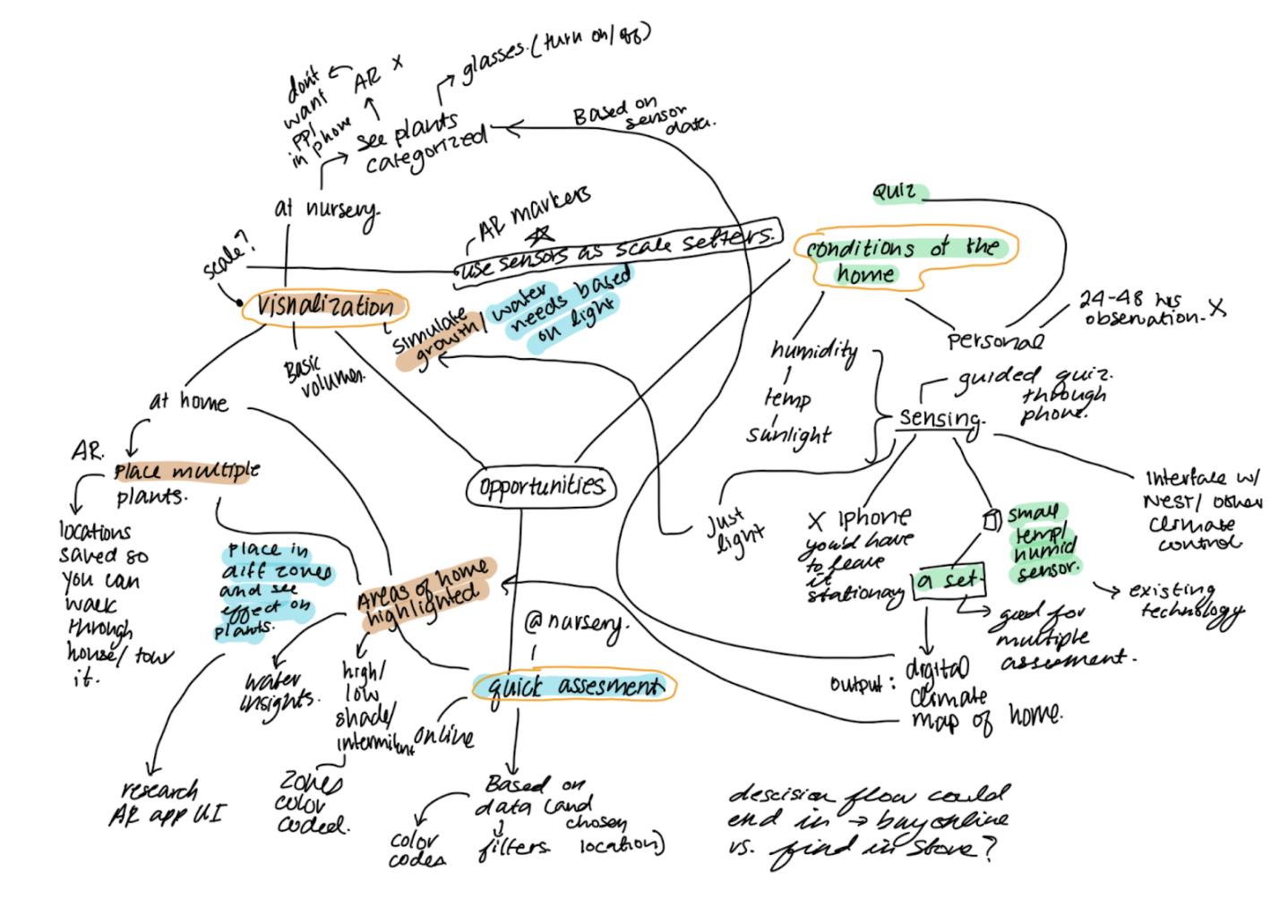
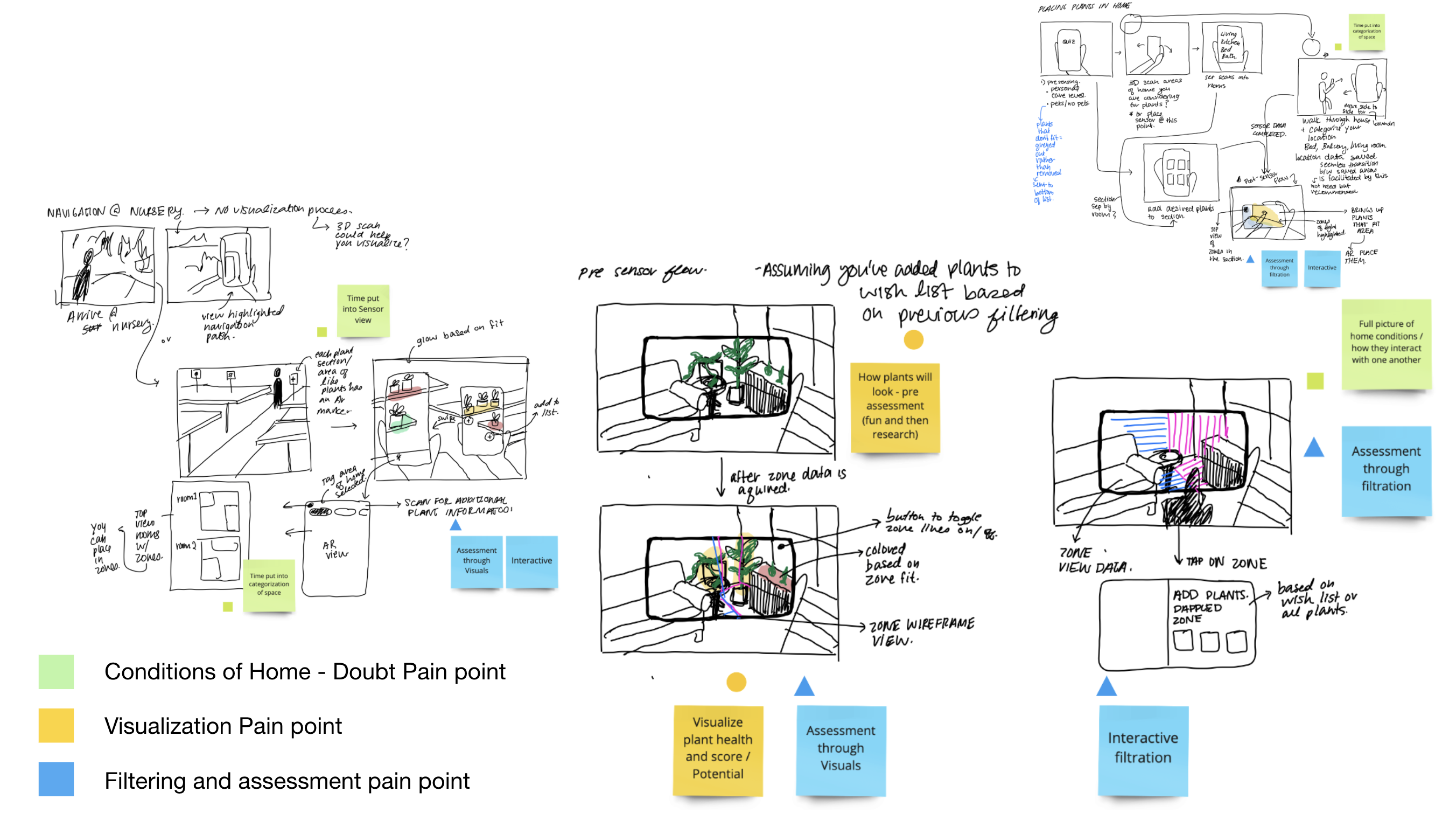
Body Mapping & Prototyping
Because I was designing an immersive augmented reality experience I used body mapping and prototyping to understand how my user would interact with their physical space and how overlays, 3d models, and information density would appear when displayed in physical space through a phone.
![]()

Flows
For this week-long exercise, I focused on the design and implementation of the AR elements of the solution. I created 2 flows. A flow to visualize the overall movement of the user through the greeny app, and another for the immersive parts of the experience. The AR flow is below.
![]()

GREENRY
An app that simplifies and enriches the plant purchasing process by combining data from sensors with an augmented reality experience.
AR onboarding
In order for the data gathered by sensors to be associated with a specific room name and boundary, the user must define that boundary. Greenery guides them through this process.
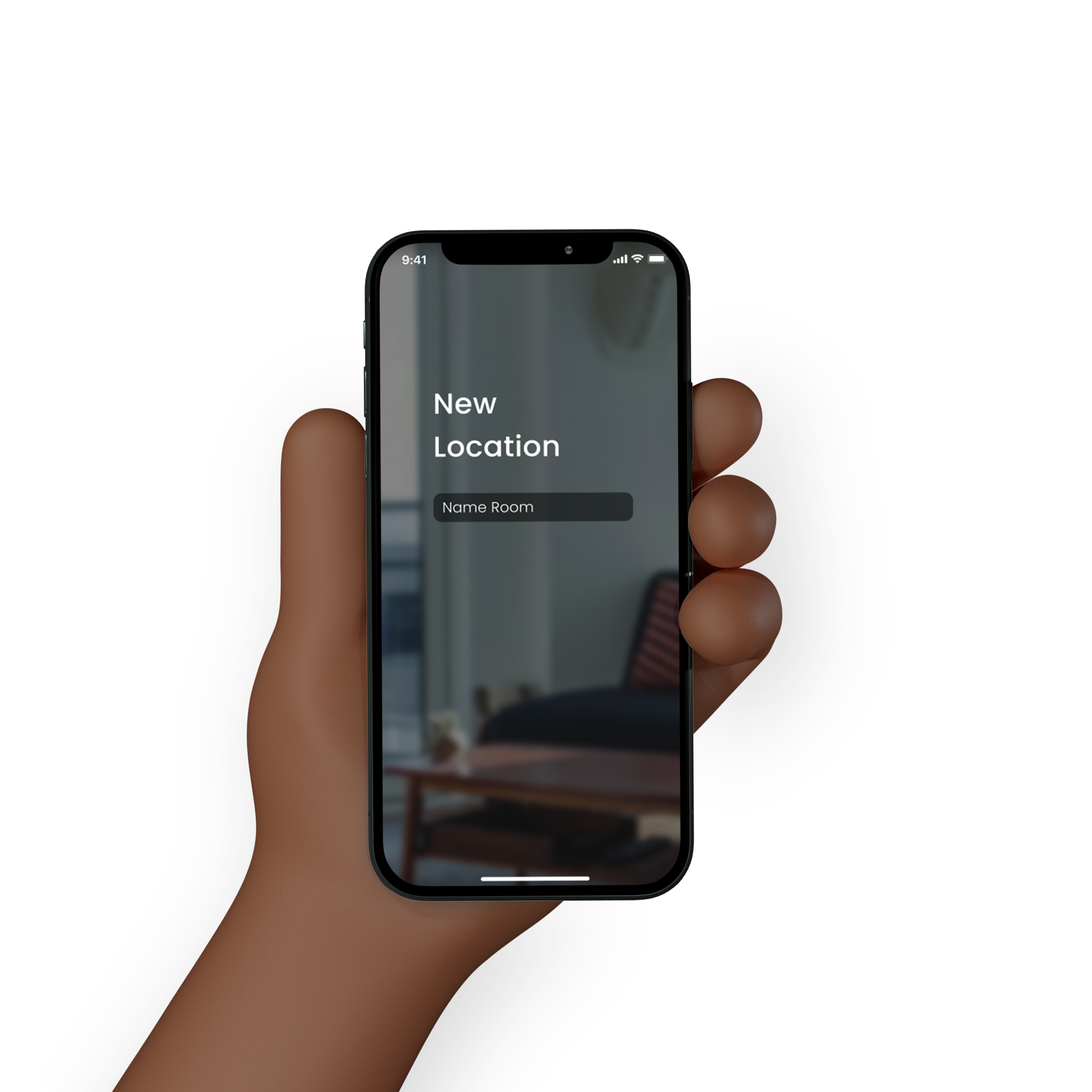
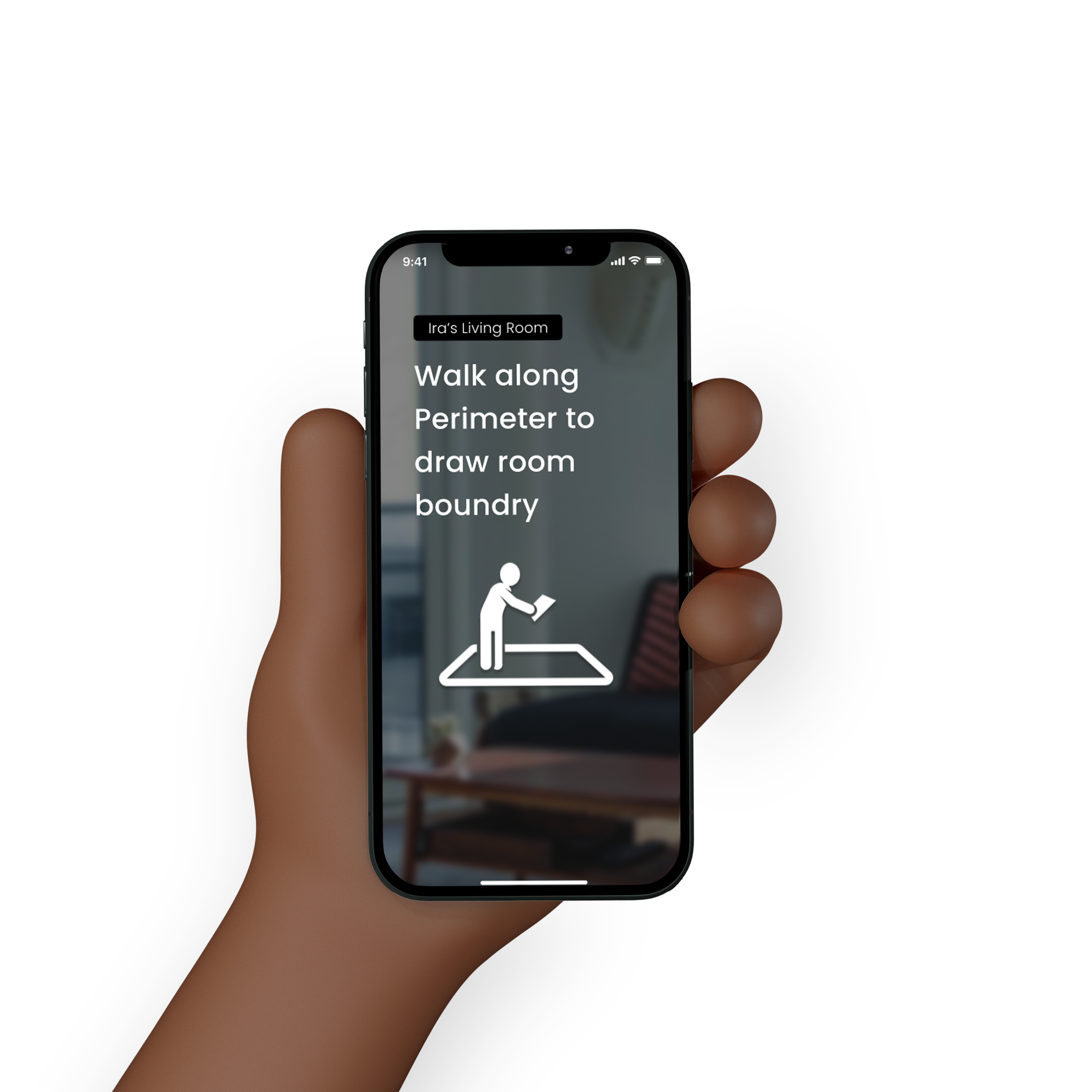
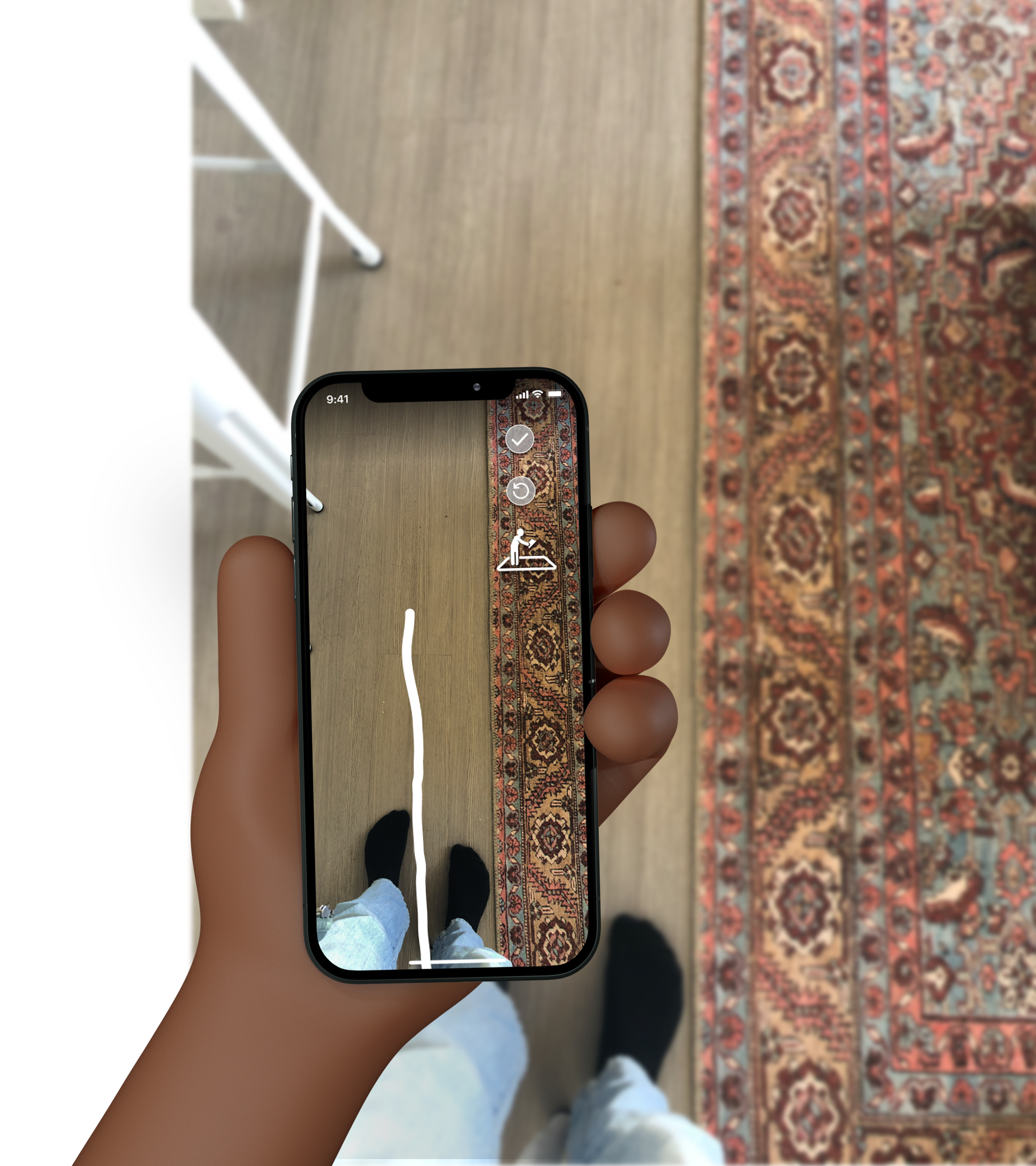
Zone Filtration
With the sensor data collected, the user can view the zones of their room and by selecting a specific zone can review recommendations for that area from either their own plant lists or from the overall database.
When viewing recommended plants Greenry moves out of AR so that the options are easy see and navigate through.

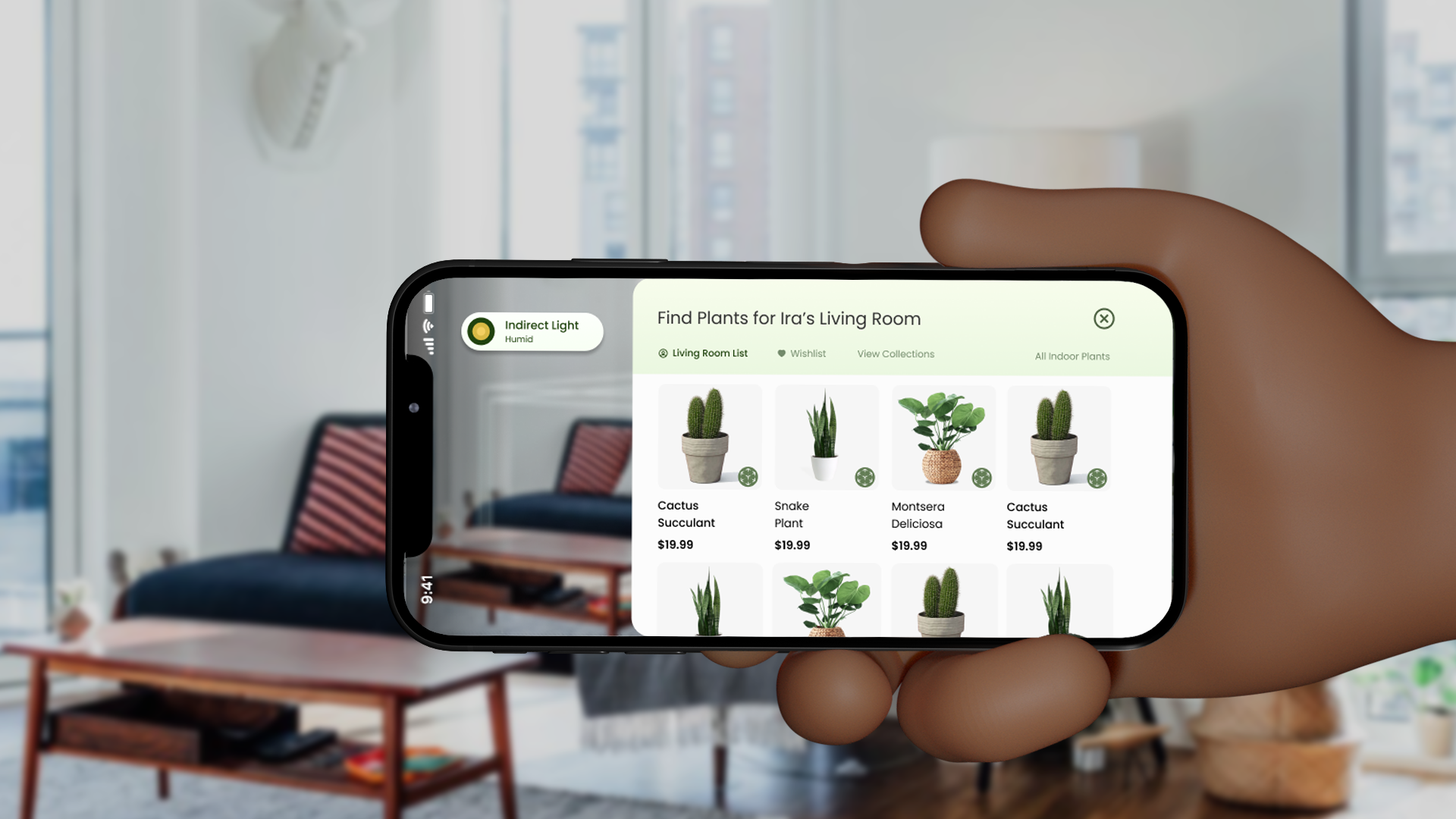
Spot specific Filtration
Users can also select a specific spot to swipe through the plants that are a good fit for the area. These options are filtered from the user’s wishlist or list for the specific room. This not only removes information density, and prioritizes visualization, and introduces an element of interaction and play.

Placement Feedback
If the user decides to move a plant into a location that is not ideal they are still able to place the plant. Greenry alerts the user of an unideal placement through a subtle orange glow and an indicator bar. If the placement is correct I chose to keep the color indication subtle to not interfere with the visualization.
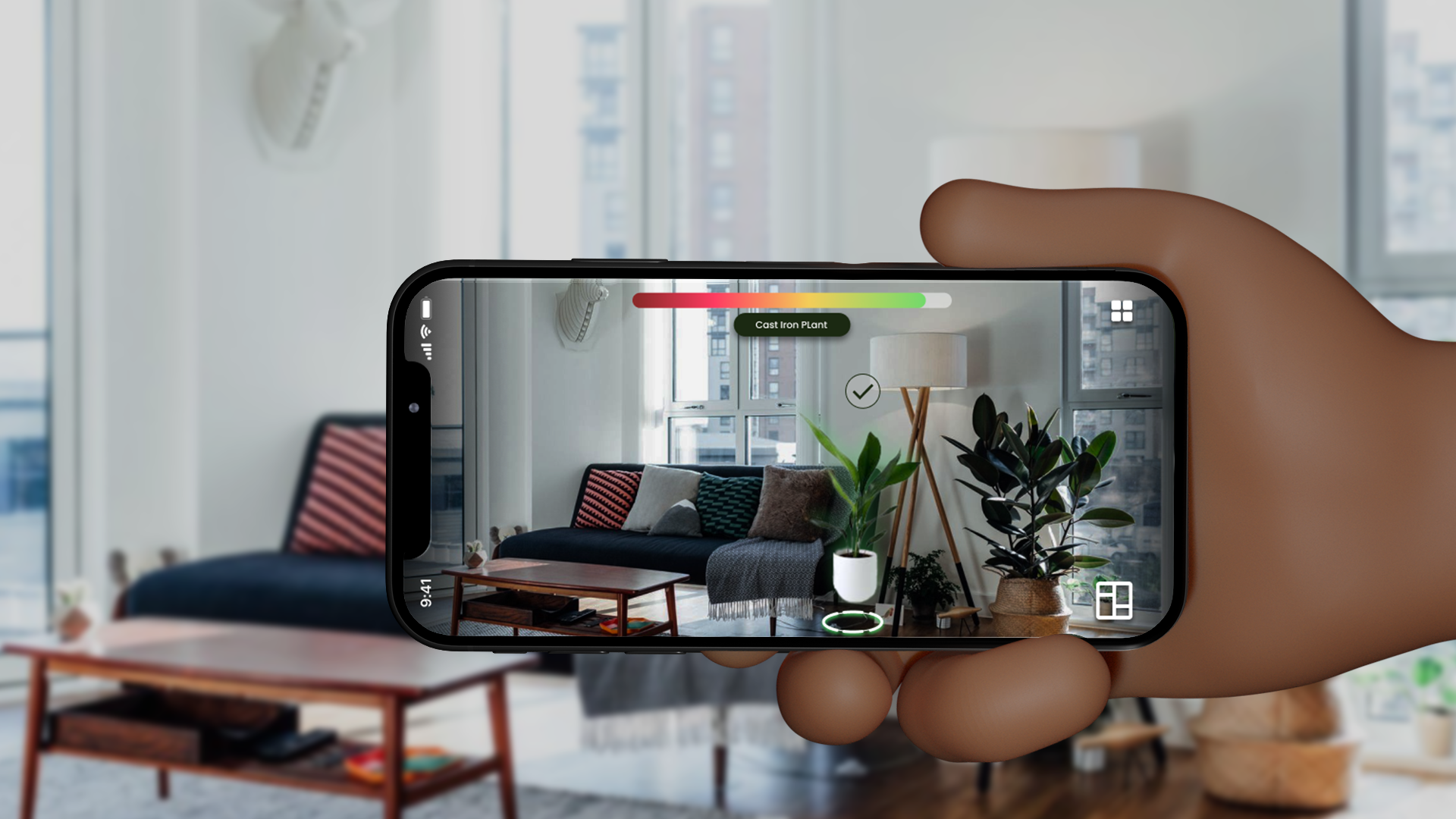
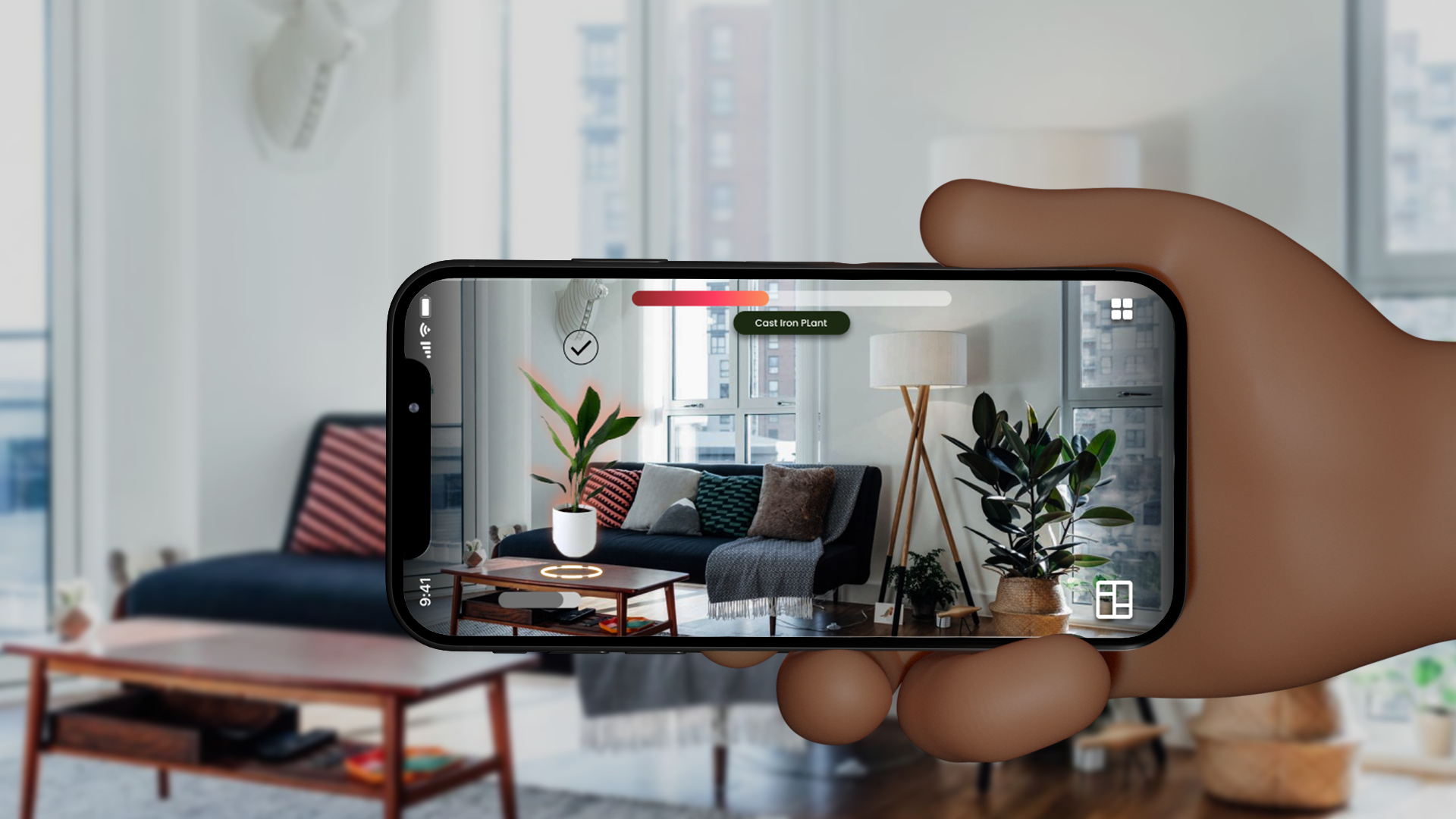
Fit Feedback
If a user decides to place a plant in an unideal location Greenry will indicate that fit feedback is available through an overlay. The fit assessment will let the user know if there is a way to adjust plants watering schedule or misting in order to create a fit.
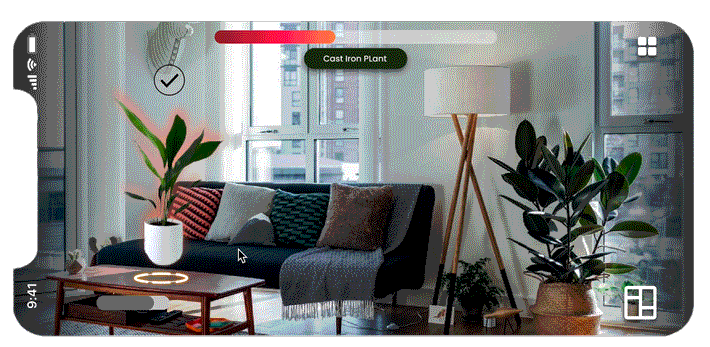

Post-purchase care notifications
Even after purchase the sensors can provide information about temperature-humidity or light functions and alert the user if any changes necessitate action. This will help alleviate the anxiety that many plant owners feel about now knowing how to respond to changes in their environment.
Reflection
This week-long product taught me a lot about how to approach designing for Augmented reality and about the power that immersive experiences have. If I were to expand on this process I would want to see how I could also utilize augmented reality to simulate the growth of these plants and how it could be used to assess the health of plants after purchase.